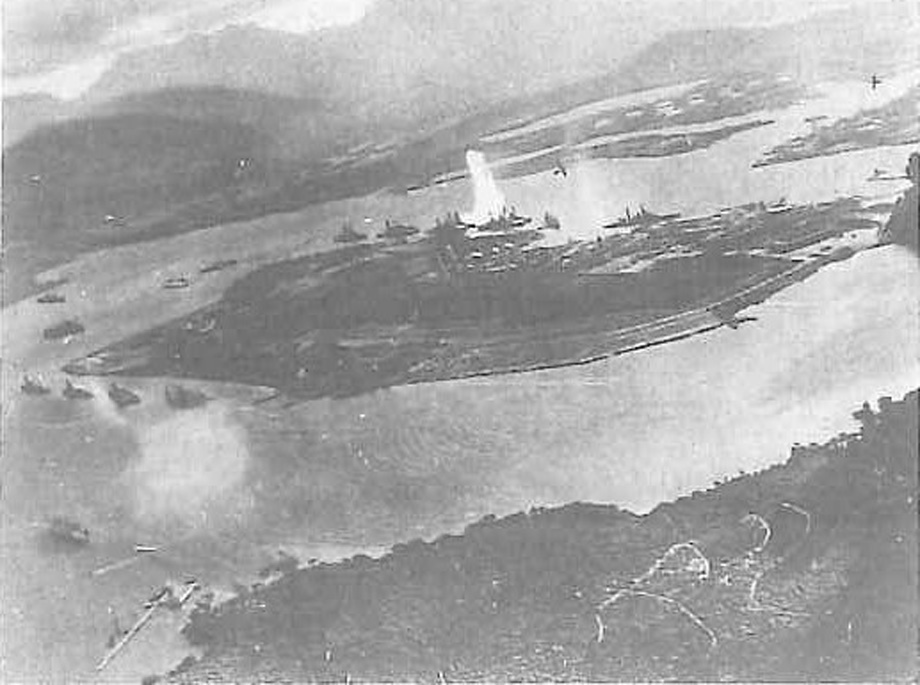| 昭和15年は紀元2600年のおめでたい年とされ、全国的に祝賀行事や記念行事が行われました。箱根ヶ崎・石畑・殿ヶ谷・長岡の各村は組合村を発展的に解消し、町制を施行し、西多摩郡瑞穂町となりました。このとき人口は6,851人でした。 | The year 1940 was considered to be the auspicious year marking the 2600th year from the first emperor Jimmu, and nationwide celebrations and commemorative events were held. Each of the Hakonegasaki, Ishihata,Tonogaya and Nagaoka villages progressively dissolved the arrangement of village association to establish the Town system, and formed Mizuho-machi (Mizuho town), Nishitama-gun. The population was then 6,851. |
| 翌年の16年には、小学校が国民学校になり、暮れにはついに太平洋戦争へと突入してしまいました。 | In the following year of 1941, elementary schools became the national elementary schools, and finally Japan became embroiled in the Second World War at the end of the year. |
| 食糧を中心とする困窮耐乏生活は、戦況の深刻化とともに極めて厳しい状況となりました。瑞穂町は農村ではありましたが、畑作地帯であり米の収穫がほとんどなかったことに加え、江戸時代の年貢のように、収穫量の増減に関係ない一定量の作物供出が課せられ、肥料不足などによる不作で困窮し、農家がヤミ米を買う状態であったといいます。しかし、そこにも都会からの買い出しが訪れ、集団や一般の疎開者が来町しました。 | As the war intensified, daily living entailed extremely severe difficulties and austerity, particularly regarding securing food. While Mizuho was a rural community, the farmers produced mainly dry upland crops and little rice, yet they were required to deliver a fixed amount of crops, regardless of the amount harvested, to the government as was the case with the annual tribute of the Edo period. Further, the lack of fertilizer, etc. led to poor harvests, and the farmers were even said to have been forced to resort to buy black-market rice. Nevertheless, visitors did come from the city to purchase food directly and also did those who had evacuated in groups (i.e., school children) and private individuals. |






